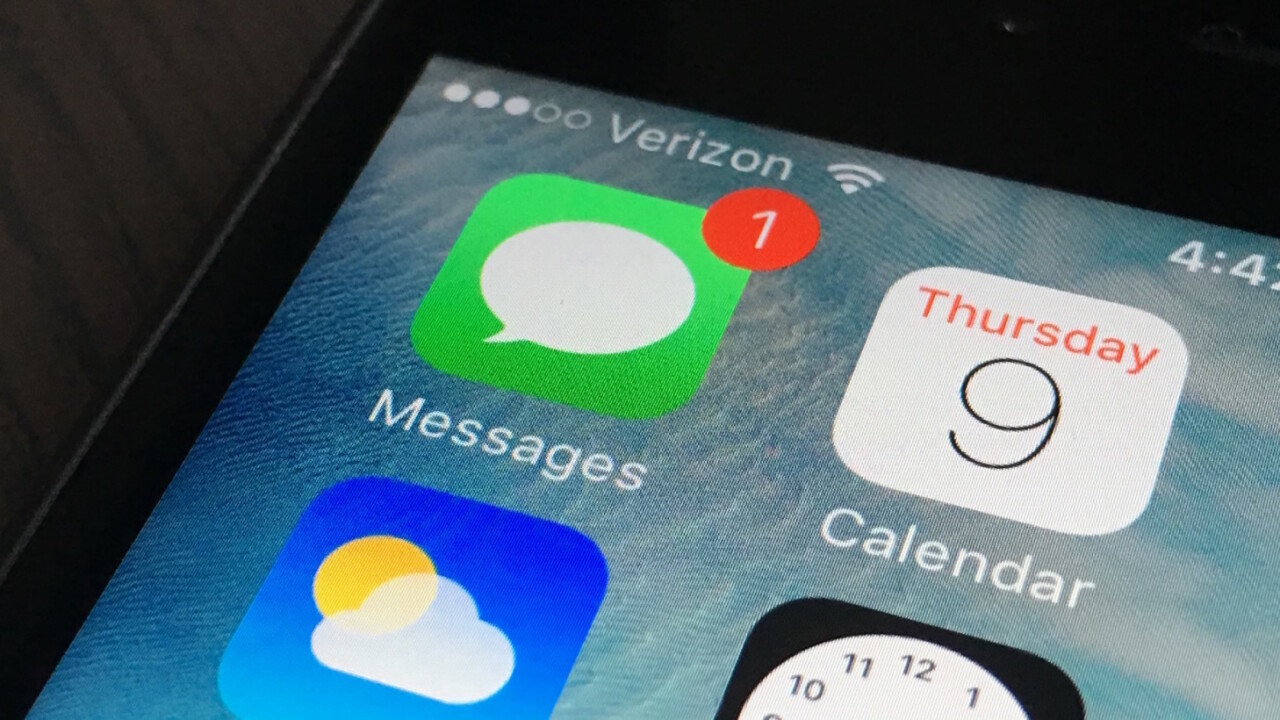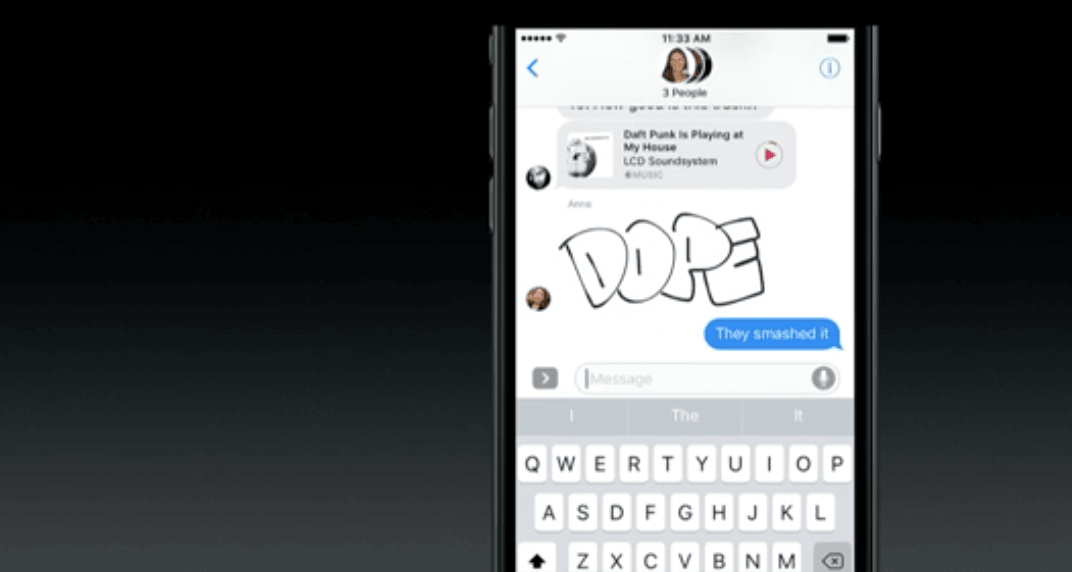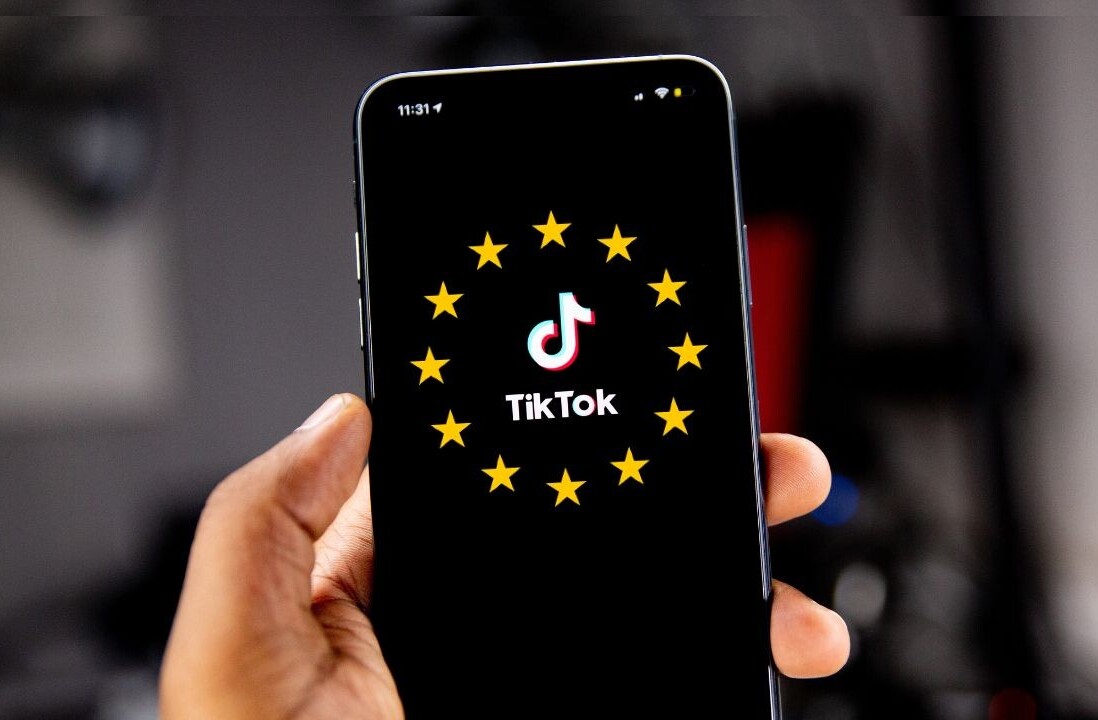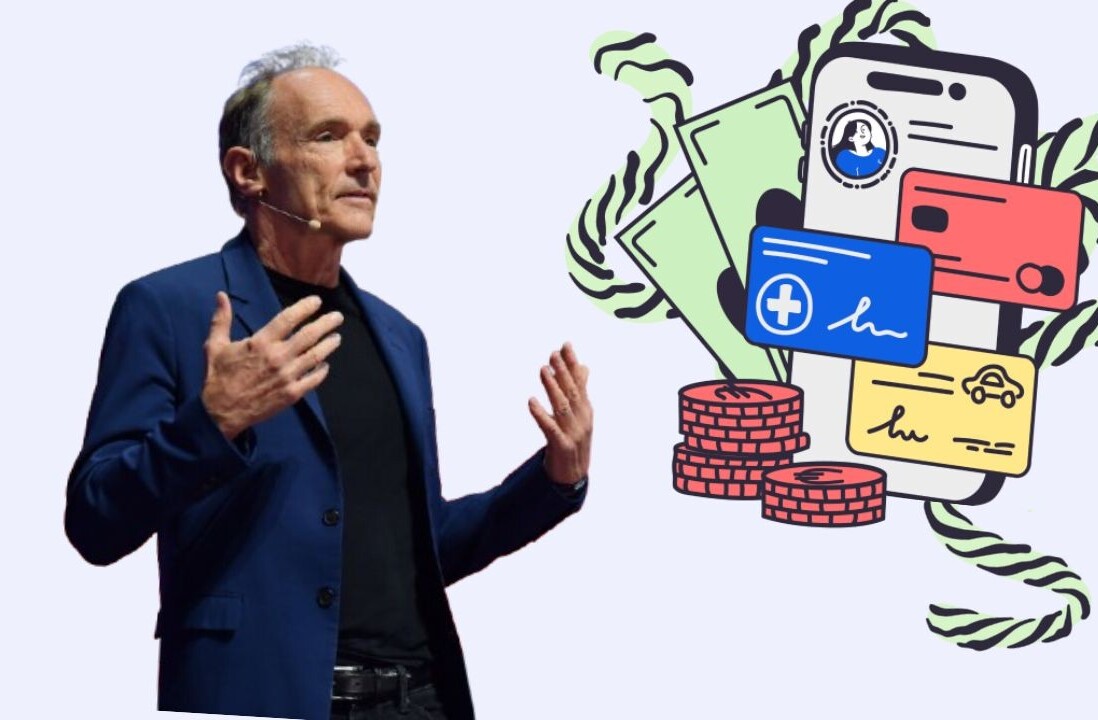
Apps for iMessage are coming in iOS 10, and they’ll be a lot like standalone, native apps. You’ll even be able to subscribe to them.
During a session at WWDC, Apple went into detail about how in-app payments work, especially with regard to the new subscription model. As it turns out, all existing subscription models and purchase features via StoreKit will be available for iMessage apps.
At its core, StoreKit won’t change a bit; you still can’t sell physical goods, and items must be exclusive to a paid model (meaning you can’t bundle free stuff and sell it).
And those clever little iMessage apps will be able to take advantage of every part of it. For instance: you could have a subscription to a GIF app that promised exclusive moving pictures daily, weekly or monthly available through iMessage.
Because iMessage apps won’t necessarily be full-fledged apps, you probably won’t be able to access an app that didn’t utilize messaging as a core feature. A subscription to a fitness app via iMessage isn’t something you’d be able to do, though a native app would provide the experience you’re looking for.

Pay to play
It’s another measure for Apple to encourage services ahead of freemium or paid apps. As we found with its last quarterly earnings report, services you pay for (like Apple Music and iCloud) earn Apple more than Mac sales. It’s a huge new initiative for the company.
It’s also important for developers. Though subscriptions may get out of hand, it allows the independent developer to try and make a living exclusively via the App Store once again.
Developers can make experiences of their native apps available for iMessage; it’s not either/or. A notable expression of that is Square Cash, which will let you transfer money to friends using iMessage or its standalone app. An interesting note is that using Square Cash on both mediums — native and iMessage — requires separate downloads from both the App Store and iMessage app portal.
Of course, Square Cash has no subscription model. Apps that have both native and iMessage apps (and subscriptions) could potentially charge uniquely based on what it offers.
An example of that would be the GIF app discussed above. While you may be charged for exclusive GIFs in the iMessage version, the native app may also have an in-app purchase for turning Live Photos into GIFS; something the iMessage app wouldn’t necessarily need to do.
While Apple didn’t implicitly say as much, passing app review will likely involve all purchases being available in the native app. Even though you won’t necessarily need all of an app’s functionality in the iMessage version of an app, purchases made via iMessages should be made available in the native app.
It’s all coming in iOS 10, so be prepared. While you may expect to pay a few hundred dollars for a new iPhone every year or two, it seems Apple also wants you to drop a few bucks monthly on apps and services.
I won’t argue that’s bad, or otherwise too clever for its own good; instead, I think it’s great Apple is morphing to help developers monetize apps and services, even if it does naturally help the company’s bottom line.
Get the TNW newsletter
Get the most important tech news in your inbox each week.





